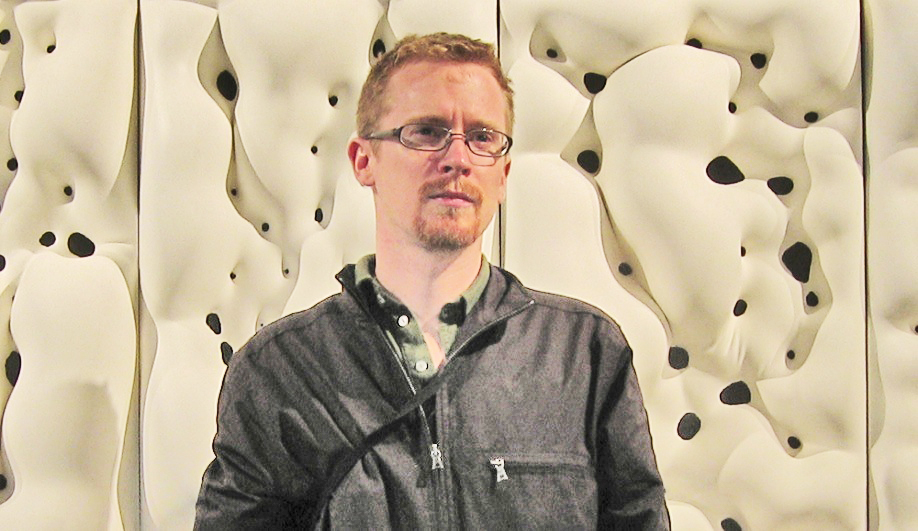Call it what you want—Robogeddon? the Robopocalypse?—it’s now accepted that automation will have a large impact on the job market. The Brookfield Institute estimates the number of Canadian jobs at risk over the next two decades at 42 percent, while a widely-cited study out of Oxford University puts the figure for US jobs at 47 percent.
Mechanical automation has been eliminating jobs for centuries—at least as far back as the invention of the steam engine—but artificial intelligence (A.I.) is qualitatively different. It rivals the capabilities of humans mind as well as their bodies—just take a look at this recent video of an automated voice assistant and you’ll see why the Oxford study put the odds that robots will soon displace human telemarketers at 99 percent.
So, just as mechanical automation gave rise to new industries and job markets (even while it decimated others), the expanding frontier of artificial intelligence demands that we adapt along with it.
The question is, then, how do you survive the coming robot invasion? Here are two important ideas that can help inoculate your career against automation.
Understand the Limitations of A.I.
Elon Musk recently called A.I. “an existential threat to humanity,” which isn’t going to do much to keep people calm. He may very well be right, but it’s important to understand that A.I. still has very real limitations (which gives you time to adapt).
“The deep learning systems we have…are remarkable in how well [they] do given the particular tasks that we give them, but they are actually quite narrow and brittle in their scope. So I think it’s important to keep in context how good these systems are, and actually how bad they are too, and how long we have to go until these systems actually pose that kind of a threat,” Gil Pratt, CEO at the Toyota Institute, told TechCrunch.
The narrow scope of deep learning systems, as Pratt calls it, is partially due to the fact that A.I. learns from given data. True, modern A.I. programs may complete vastly more calculations per second than their predecessors, with much larger data sets, but for now, A.I. still follows the directions (and data) we give it. They are also usually programmed to perform a clearly defined task, with established parameters. The system programmed to predict heart disease, for example, will not be able to able to identify music.
A.I. also struggles with emotional intelligence—the ability to read what other people are feeling or thinking, and then reacting to that. “Even the most sophisticated A.I. technologies lack essential factors like emotional intelligence and the ability to contextualize information like human beings,” writes Naveen Joshi, the founder and CEO of enterprise development company Allerin.
And then there’s creativity. We are, at the moment, in the early stages (or the “laughter” stage) of computational creativity, but that may change. In the meantime, though, there is reason to believe that creative work is safe from automation. In fact, according to Martin Ford, futurist and author of Rise of the Robots: Technology and the Threat of a Jobless Future, the last jobs automation will claim are those that require “genuine creativity.”
The work he’s describing depends on the kind of lateral thinking that comes not from taking calculated risks, but from weighing the potential outcomes of scenarios where risks are unknowable—either due to a shortage of information, or the simple fact that nobody has ever tried them before. Put simply, anytime we take a step into the unknown, we rely on the kind of expertise and overarching judgment that the robots have yet to master.
“People naively believe that if you take deep learning and scale it 100 times more layers, and add 1000 times more data, a neural net will be able to do anything a human being can do, but that’s just not true,” François Chollet, a researcher at Google, told Wired. “The systems…demand huge sets of training data. [And] when a neural net is given a ‘transfer test’—confronted with scenarios that differ from the examples used in training—it cannot contextualize the situation and frequently breaks.”
All this is to say there are a number of in-demand digital skills and career paths that depend on the things that can be challenging for A.I., including product managers, who must create and then manage the development process of a product that does not already exist; data analysts, who have to determine the appropriate parameters for analysis (before they can even discover anything from a data set), and then apply this insight to situations that often have no pre-established guidelines; and user experience designers and user interface designers, who have to find ways to improve human interaction with technology and digital properties.
Boost Your Data Skills
If you can’t beat them, join them. Right?
“I always joke that the safest job on the planet is A.I. researcher,” Toby Walsh, an A.I. professor with the University of New South Wales, told Tech Republic. “When we’ve automated A.I. researchers, the machines will literally be able to do everything else by definition.”
So how do you get into artificial intelligence? By pursuing one foundational field that feeds into all areas of A.I. development: data science. As we recently wrote about, data science is one of the fastest growing, most in-demand jobs in technology, and with A.I., it may soon become even more indispensable.

